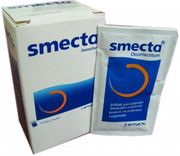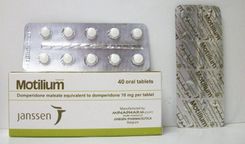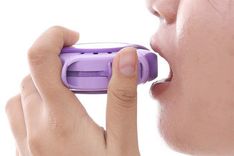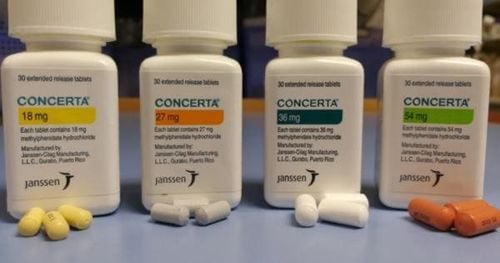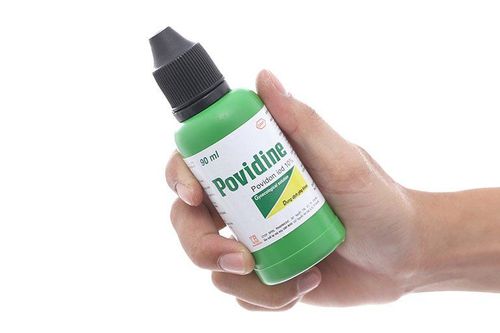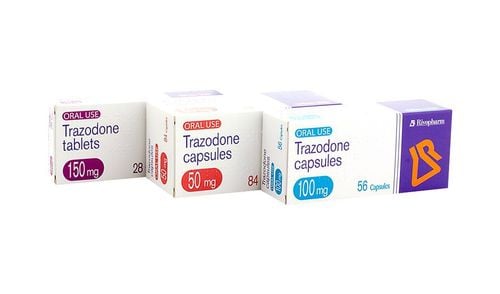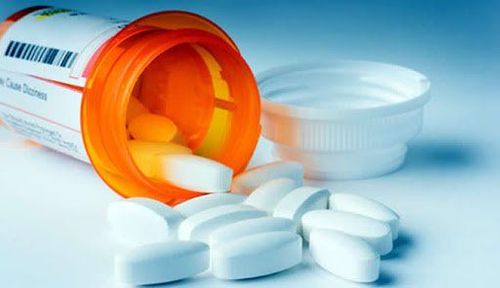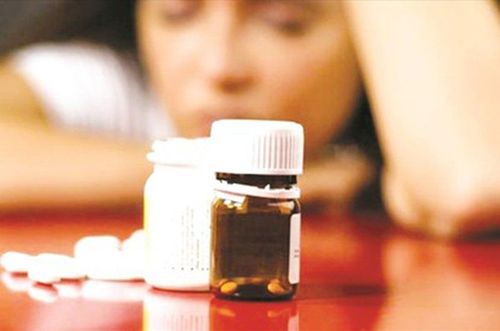This is an automatically translated article.
Dorocodone belongs to the group of drugs that act on the respiratory tract. What diseases Dorocodon treats, dosage and notes when using are the information that will be mentioned in the following article content.
1, What does Dorocodone do?
Dorocodon drug has the main ingredients Codeine camphosulfonate, Sulfogaiacol, Grindelia soft extract. Dorocodon is prepared in the form of sugar coated tablets; Packed in the form of a box of 2 blisters x 10 sugar coated tablets.
Dorocodone is indicated for use in the treatment of symptoms of dry cough causing discomfort, insomnia for patients.
Dorocodone is contraindicated in the following cases:
People with hypersensitivity to any of its ingredients; Patients with respiratory failure; Do not combine the drug with alcohol or any beverage containing alcohol; Children under 18 years of age who have just had a tonsillectomy or tonsillectomy are also not allowed to use the drug.
2, Dosage and how to use Dorocodone
The drug Dorocodone is taken into the body through the mouth. This medication is intended for use by adults only.
Each tablet contains 15 mg of codeine base. Effective for short-term symptomatic treatment and limited use when coughing. If the patient is not taking a codeine-containing medication or other central antitussive, the maximum daily dose of codeine is 120 mg for adults. The usual dose in adults is 1 tablet / time, 6 hours apart if needed to be repeated and not more than 4 times / day. For the elderly or patients with hepatic impairment: The starting dose is usually halved for the adult dose and may be increased gradually if necessary and depends on the individual's tolerability and need for medication. sick.
3. Dorocodone side effects
Common side effects: Headache, dizziness, feeling thirsty or strange, nausea or vomiting, constipation, drowsiness, difficulty urinating, fast or slow pulse, nervousness, feeling tired , lower blood pressure; Uncommon side effects: Allergic skin reactions such as itching, urticaria, respiratory depression, restlessness, stomach pain, bile duct spasm; Rare: Anaphylactic reactions, hallucinations, difficulty in disorientation, poor vision, convulsions, circulatory failure, red face, profuse sweating, fatigue; Long-term use of codeine at doses of 240-540 mg/day can cause addiction. Symptoms of drug addiction are restlessness, tremors, muscle twitching, sweating, and runny nose. Psychological, physical, and drug dependence are possible symptoms.
Above is a list of possible side effects during the use of Dorocodone. This list may not include all of the side effects caused by medications. If the patient takes the drug and experiences any abnormal health, it is necessary to stop taking the drug and notify the treating doctor for appropriate advice.
4. Use Dorocodone with caution
Long-term treatment can cause drug dependence; Before using antitussive measures, the patient should find out the cause of the cough, consider whether special treatment is needed or not. Antitussive drugs are used at regular doses and have no response, it is advisable to review the clinical situation instead of deciding to increase the dose immediately; The drug gives positive results when testing stimulants, so athletes need to pay attention when using the drug; Patients with increased intracranial pressure should be cautious when using the drug, because it can aggravate the disease; Do not take drugs with alcohol or alcohol-containing substances during treatment; Patients with respiratory diseases such as asthma, emphysema; have impaired liver and kidney function; history of drug addiction should be used with caution; In purulent lung diseases, bronchial diseases when purulent expectoration is required, drugs should not be used for the purpose of reducing cough; Drugs that impair concentration and alertness can be dangerous to drivers and to operate machines.
5. Drug interactions of Dorocodone drugs
Dorocodone should not be combined with alcohol-containing solutions such as alcohol because of the ability to increase the sedative effect of centrally acting antitussives.
When combined with other CNS depressants such as morphine-containing analgesics, some antidepressants, sedating H2 antihistamines, barbiturates, benzodiazepines, clonidine and similar drugs, anesthetics, hypnotics, anxiolytics, neuroleptics, tricyclic antidepressants, monoamine oxidase inhibitors will increase the CNS depressant effect. Combination with morphine agonist-antagonist will reduce the analgesic effect due to competitive blockade of receptors and the risk of developing drug addiction syndrome. If combined with other derivatives of morphine, it will cause respiratory depression due to synergistic effects, especially likely to occur in the elderly. The codeine component also reduces the metabolism of cyclosporin by inhibiting the cytochrome Paso enzyme.
Please dial HOTLINE for more information or register for an appointment HERE. Download MyVinmec app to make appointments faster and to manage your bookings easily.
